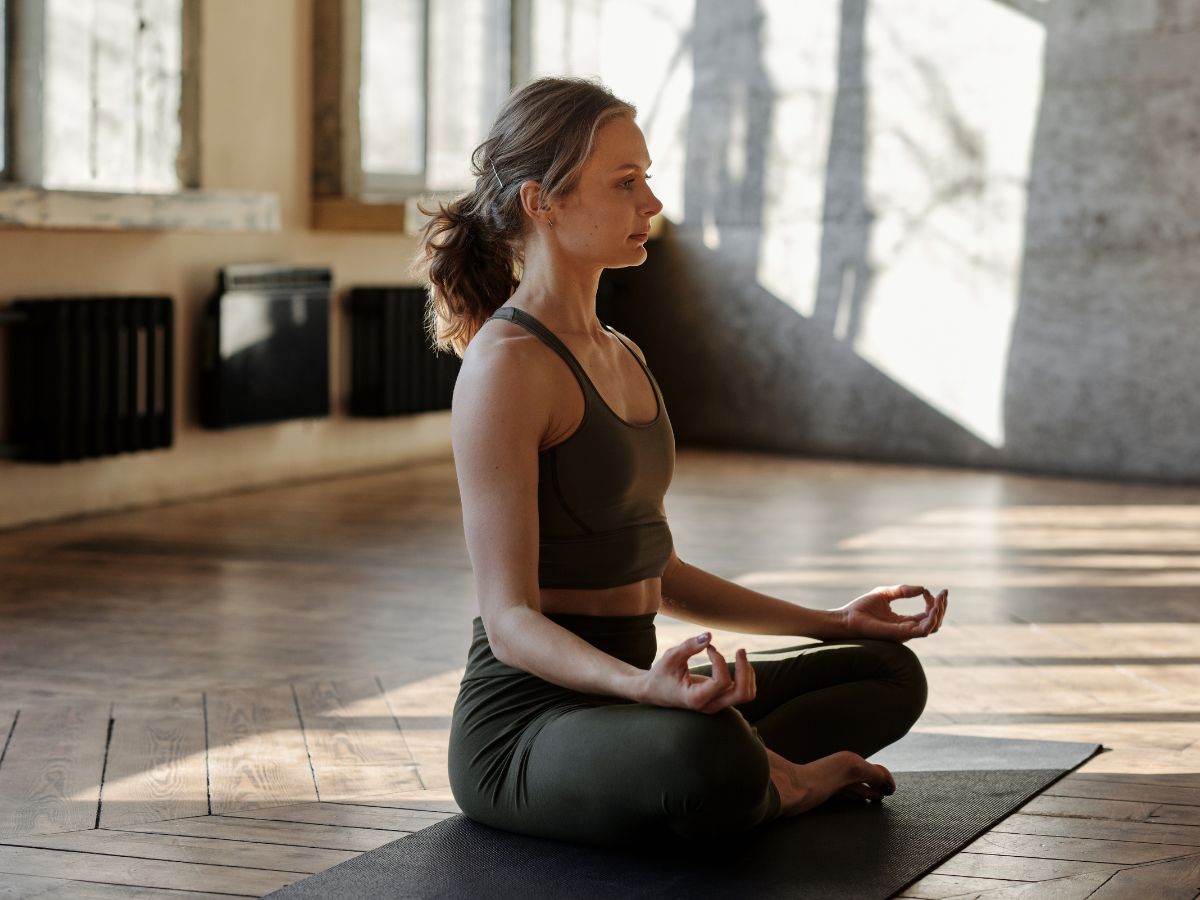Yoga in USA has evolved into a powerful wellness movement that reaches millions of people every day. What started as an ancient spiritual discipline from India has become an essential part of American culture—spanning fitness centers, schools, offices, and even medical facilities. But yoga in USA is more than just stretching or stress relief—it’s a growing lifestyle trend that reflects mindfulness, self-care, and holistic well-being.
The Rise of Yoga in USA
Yoga was first introduced to the American audience in the late 19th and early 20th centuries through spiritual teachers like Swami Vivekananda and Paramahansa Yogananda. However, it wasn’t until the 1960s and 1970s, during the counterculture and spiritual awakening movements, that yoga began to attract significant attention in the United States.
Today, yoga in USA is practiced by people of all ages and backgrounds. According to recent statistics, over 36 million Americans practice yoga regularly. It is now a $16+ billion industry that includes classes, yoga gear, teacher training programs, retreats, and online platforms.
How Yoga in USA Has Evolved
Unlike its traditional roots in India, yoga in USA has adapted to meet the needs of modern lifestyles. While classical yoga integrates physical postures (asanas), breathing techniques (pranayama), ethical principles (yamas and niyamas), and meditation, the American version often focuses on the physical and therapeutic benefits.
Styles like Vinyasa Flow, Power Yoga, Hot Yoga (Bikram), and Yin Yoga are especially popular. These styles prioritize strength, flexibility, and endurance. Many studios also offer hybrid formats that combine yoga with Pilates, strength training, or even dance.
Yet, alongside this modern transformation, there’s a growing interest in returning to the roots of yoga. Many Americans now explore mindfulness-based practices, yoga philosophy, and meditative techniques as part of their daily lives.
Yoga in USA for Mental and Physical Health
One of the most significant contributions of yoga in USA is its integration into the healthcare system. Doctors and therapists often recommend yoga to manage stress, anxiety, depression, chronic pain, and sleep disorders. Hospitals, wellness centers, and rehabilitation programs offer therapeutic yoga to patients as a complementary treatment.
Scientific studies have shown that regular yoga practice can:
-
Reduce cortisol levels (stress hormone)
-
Lower blood pressure
-
Improve flexibility and balance
-
Enhance focus and memory
-
Support emotional regulation
As a result, yoga in USA is recognized as a tool for not only physical fitness but also mental and emotional well-being.
Diversity and Inclusivity in American Yoga
Yoga in USA has become more inclusive and accessible than ever before. While it was once viewed as an elite activity, it is now taught in schools, community centers, prisons, and workplaces. Organizations have emerged to make yoga available to marginalized communities, veterans, trauma survivors, and people with disabilities.
Online platforms and social media have also played a huge role in spreading yoga culture. Millions of Americans now practice from the comfort of their homes using YouTube channels, mobile apps, and live-streamed sessions. This digital shift has allowed more people to experience yoga, regardless of location or income level.
Challenges and Criticisms
Despite its popularity, yoga in USA is not without criticism. Some practitioners and scholars argue that the commercialization of yoga—turning it into a trendy workout—can sometimes strip away its deeper philosophical and spiritual roots. Terms like “cultural appropriation” have been raised, especially when sacred symbols, Sanskrit words, or rituals are used out of context.
There is a growing call for more culturally respectful yoga education, where teachers and students honor yoga’s origins and the contributions of Indian spiritual traditions.
The Future of Yoga in USA
Yoga in USA continues to evolve in exciting directions. Trends like trauma-informed yoga, prenatal yoga, chair yoga, and corporate wellness programs show how adaptable and versatile yoga can be. Teacher training programs now include modules on inclusivity, cultural awareness, and mental health support, making the next generation of instructors more informed and compassionate.
There’s also a renewed interest in traditional yogic texts, meditation techniques, and the ethical foundations of yoga. More Americans are traveling to India to study yoga in its purest form, while many yoga schools in the USA now collaborate with Indian teachers and lineages.
Conclusion
Yoga in USA has blossomed into a vibrant, dynamic practice that supports the well-being of millions. While it has undergone transformations to fit Western lifestyles, its core purpose remains the same—union of body, mind, and spirit. Whether practiced for fitness, stress relief, or spiritual growth, yoga continues to offer timeless tools for living a balanced and meaningful life. As more people embrace its full potential, yoga in USA will likely remain a central pillar of health and wellness for generations to come.



